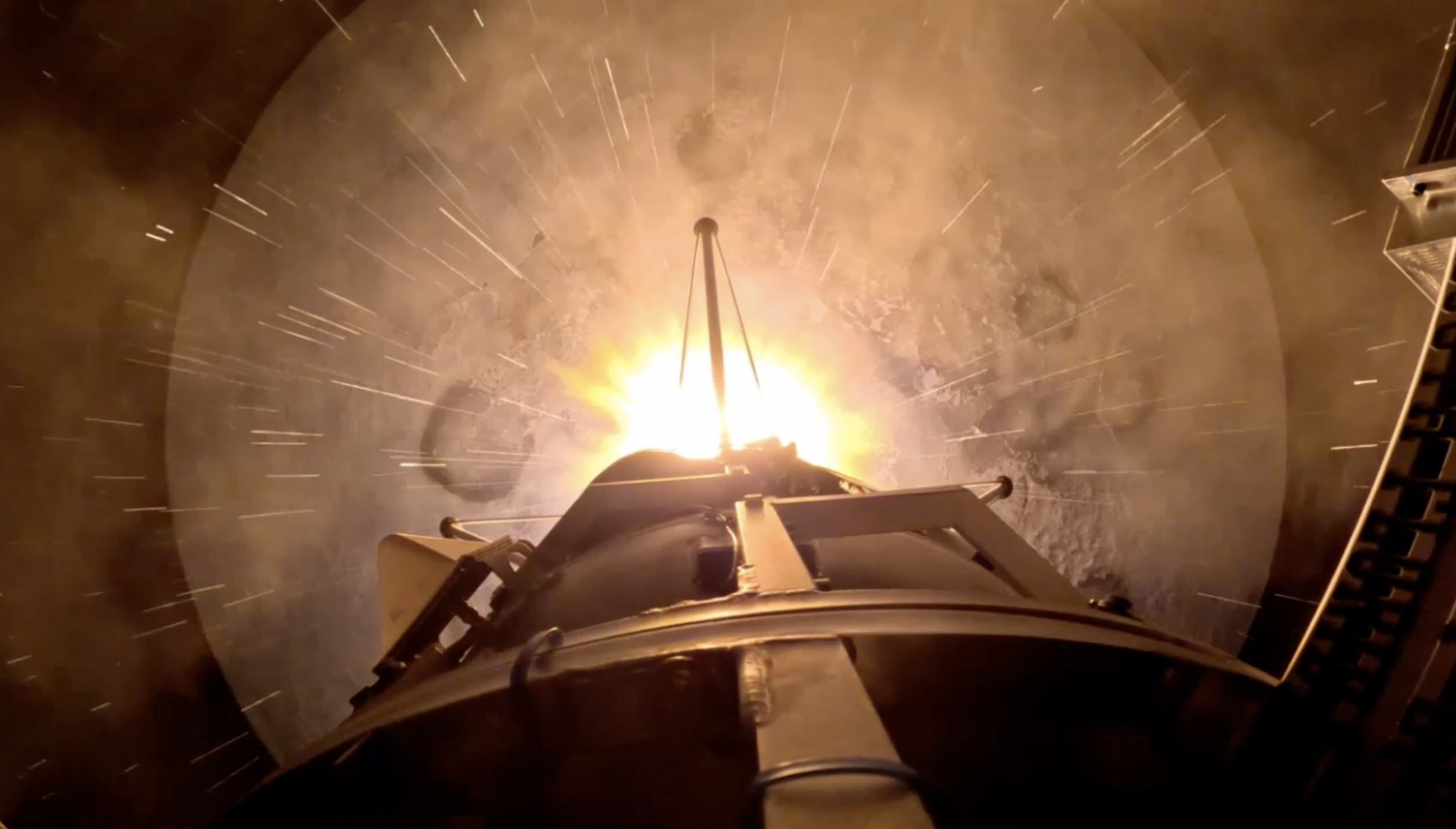Hubble Spots a Spiral in the Celestial River
The subject of this NASA/ESA Hubble Space Telescope image is NGC 1637, a spiral galaxy located 38 million light-years from Earth in the constellation Eridanus, the River. This image comes from an observing program dedicated to studying star formation in nearby galaxies. Stars form in cold, dusty gas clouds that collapse under their own gravity. […]

2 min read
Hubble Spots a Spiral in the Celestial River
The subject of this NASA/ESA Hubble Space Telescope image is NGC 1637, a spiral galaxy located 38 million light-years from Earth in the constellation Eridanus, the River.
This image comes from an observing program dedicated to studying star formation in nearby galaxies. Stars form in cold, dusty gas clouds that collapse under their own gravity. As young stars grow, they heat their nurseries through starlight, winds, and powerful outflows. Together, these factors play a role in controlling the rate at which future generations of stars form.
NGC 1637 holds evidence of star formation scattered throughout its disk, if you know where to look. The galaxy’s spiral arms have pockets of pink clouds, many with bright blue stars. The pinkish color comes from hydrogen atoms excited by ultraviolet light from young, massive stars forming within the clouds. This contrasts with the warm yellow glow of the galaxy’s center, which is home to a densely packed collection of older, redder stars.
The stars that set their cloudy birthplaces aglow are comparatively short-lived, and many of these stars will explode as supernovae just a few million years after they’re born. In 1999, NGC 1637 played host to a supernova named SN 1999EM, lauded as the brightest supernova seen that year. When a massive star expires as a supernova, the explosion outshines its entire home galaxy for a short time. While a supernova marks the end of a star’s life, it can also jump start the formation of new stars by compressing nearby clouds of gas, beginning the stellar lifecycle anew.
Explore More
Media Contact:
Claire Andreoli (claire.andreoli@nasa.gov)
NASA’s Goddard Space Flight Center, Greenbelt, MD
What's Your Reaction?



















.jpg?#)
































